Turkmenistan is a land of mystery, where ancient Silk Road heritage meets striking desert landscapes. Home to the fiery Darvaza Gas Crater, grand marble-clad Ashgabat, and the ruins of Merv, this Central Asian gem offers a unique blend of history and modernity. Its vast Karakum Desert, intricate carpets, and warm hospitality make it a destination like no other. With limited tourism, exploring feels like uncovering a hidden world. From futuristic architecture to remote oases, every corner surprises. Whether for history, culture or adventure, it promises an unforgettable journey through a land few have explored.
Location
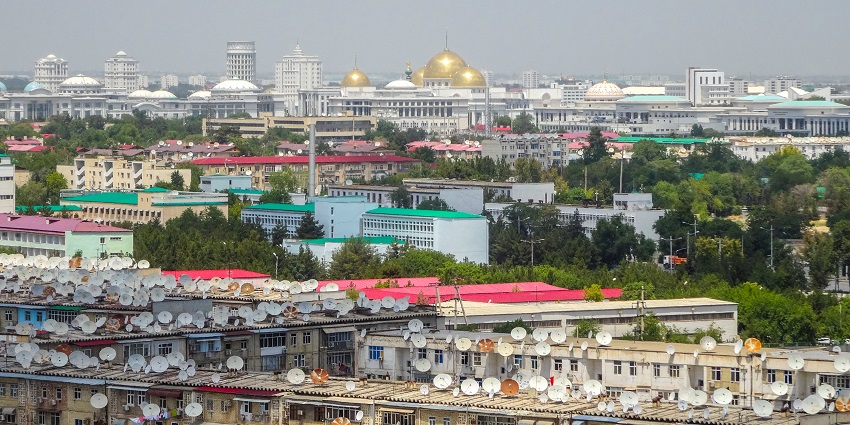
Photo: Nikolai Kolosov / 228 Images / PxHere
The location is in Central Asia, bordered by Kazakhstan to the northwest and Uzbekistan to the north and east. It has Afghanistan to the southeast, Iran to the south, and the Caspian Sea to the west. The country covers 491,210 square kilometres, making it the second-largest in Central Asia. Its capital, Ashgabat, lies near the Iranian border, about 25 kilometres from the city of Ahal. The Karakum Desert dominates most of the landscape, stretching over 350,000 square kilometres. The Caspian coastline extends for 1,768 kilometres, offering maritime access. Its central location makes it a key link in the historic Silk Road trade route.
How To Reach
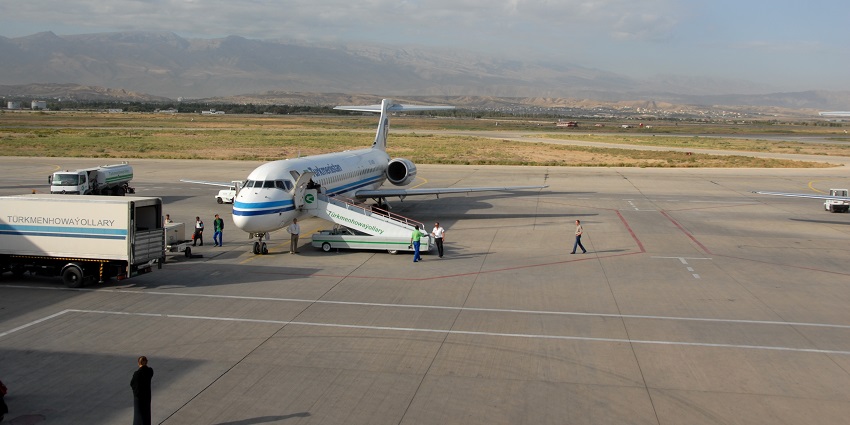
Photo: d_proffer / Wikimedia Commons
By Air: Flights to Ashgabat International Airport (ASB) operate from cities such as Dubai, Istanbul, and Moscow. Turkmenistan Airlines is the national carrier.
By Rail: Rail links exist from Uzbekistan, Kazakhstan and Iran. Trains connect Ashgabat, Turkmenabat and Dashoguz.
By Road: Border crossings are available from Iran, Uzbekistan, and Kazakhstan. A transit visa is required for overland entry. Roads pass through desert terrain.
Places To Visit In Turkmenistan
Experience the best of Turkmenistan with the following must-visit places to elevate the experiences during your trip:
1. Darvaza Gas Crater

Photo: Benjamin Goetzinger / Wikimedia Commons
For more than half a century, this flaming crater, also known as the “Door to Hell,” has been blazing. A collapsing natural gas field created it, and geologists ignited it to prevent the spread of gas. The glowing pit is a surreal sight, especially at night. The crater is approximately 70 metres wide and 30 metres deep, making it a dramatic spectacle in the Karakum Desert. Visitors often camp nearby to witness its eerie glow under the stars.
Location: Karakum Desert, 260 kilometres north of Ashgabat
Major Attractions: Flaming crater, desert camping and stargazing
Best Time To Visit: Spring (March – May) and autumn (September – November) for cooler temperatures
2. Ashgabat

Photo: John Pavelka / Wikimedia Commons
Turkmenistan’s capital is a city of white marble, futuristic buildings, and grand monuments. It holds a Guinness World Record for having the most white marble-clad buildings in the world. After a 1948 earthquake, they rebuilt the city, which now boasts wide boulevards, golden domes, and striking fountains. The Independence Monument and Arch of Neutrality reflect cultural pride. The Sunday Bazaar is a great place to buy traditional carpets and souvenirs. Consider buying a map to help with navigating the capital city.
Location: South-central side, near the Iranian border
Major Attractions: Independence Monument, Turkmenbashi Ruhy Mosque, the Arch of Neutrality
Best Time To Visit: Spring (March – May) and autumn (September – November)
3. Merv
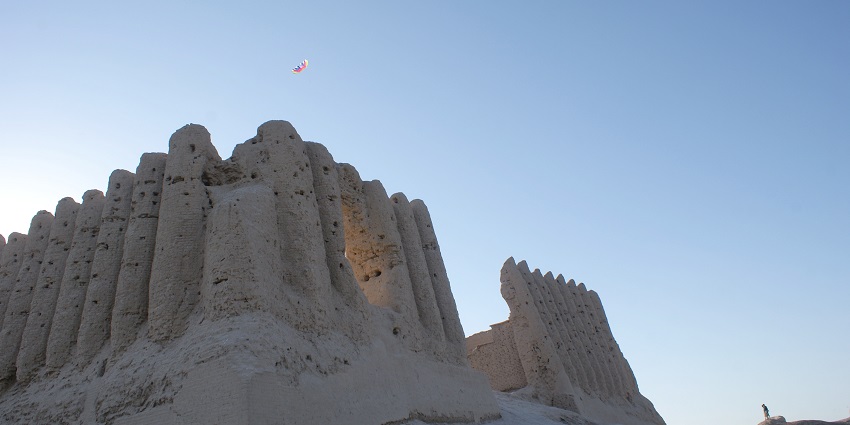
Photo: Gai Jorayev / Wikimedia Commons
Once a major city on the Silk Road, Merv is an ancient UNESCO – listed archaeological site. It features mausoleums, fortress ruins, and mosques dating back to different empires. The site was once one of the world’s largest cities before being destroyed in the 13th-century Mongol invasion. It includes landmarks such as the Sultan Sanjar Mausoleum, a grand brick-domed structure visible from afar.
Location: Eastern side, 30 kilometres from Mary
Major Attractions: Sultan Sanjar Mausoleum, Kyz Kala fortress, Great Kyz Kala
Best Time To Visit: Spring (March – May) and autumn (September – November)
Things To Do
Experience the best of this destination with the following activities:
1. Discover The Yangykala Canyons

Photo: John Pavelka / Wikimedia Commons
Often called Turkmenistan’s Grand Canyon, Yangykala is a stunning landscape of multi-coloured cliffs. Wind and water shaped the canyon’s red, pink, and yellow rock formations over millions of years. It is a hidden gem there, rarely visited by tourists. The best way to explore is by a 4WD vehicle, as there are no paved roads leading to the canyon.
2. Visit The Kow Ata Underground Lake
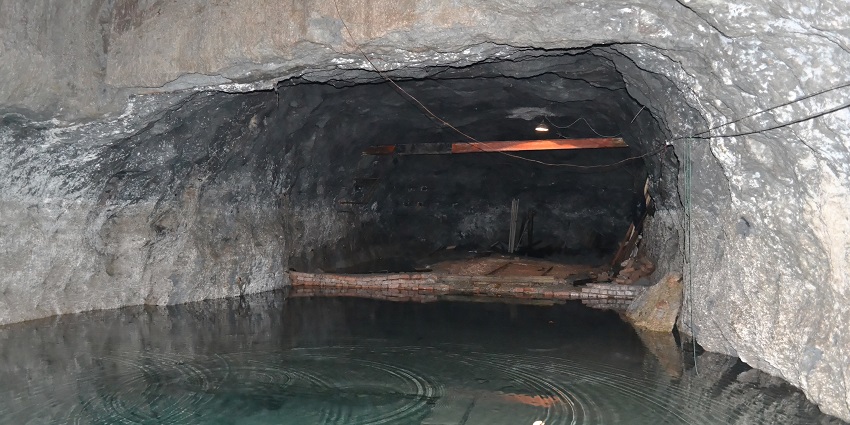
Photo: Slyronit / Wikimedia Commons / Image For Representation Only
Kow Ata, meaning “Father of Caves”, is a stunning underground lake hidden inside a limestone cave. The lake’s warm, mineral-rich waters maintain a temperature of around 33 – 37°C year-round, making it a perfect spot for a relaxing swim. The cave itself is 60 metres deep, and visitors must descend over 300 steps to reach the water. The air inside is thick with sulphur, which some believe has healing properties.
3. Explore The Ruins Of Gonur Depe

Photo: David Stanley / Wikimedia Commons
Gonur Depe is an ancient Bronze Age city believed to be the centre of the mysterious Margiana civilisation. Dating back over 4,000 years, it was one of the most advanced settlements of its time. Archaeologists have uncovered palaces, temples, and intricate water systems, revealing the sophistication of its builders. Exploring the site provides a glimpse into one of the world’s earliest urban cultures.
Where To Stay

Photo: Umani.Hotel / Wikimedia Commons / Image For Representation Only
Turkmenistan offers a mix of luxury hotels, mid-range stays, and budget options. In Ashgabat, top hotels such as the Oguzkent Hotel and Yyldyz Hotel provide world-class amenities. Mid-range hotels, such as the Grand Turkmen Hotel, offer comfort at reasonable prices. Budget travellers can find small guesthouses, though options are limited. In Mary and Dashoguz, hotels cater mainly to business and historical tourism. Camping is popular near Darvaza Gas Crater and Yangykala Canyons, but visitors must bring their gear.
Where To Eat
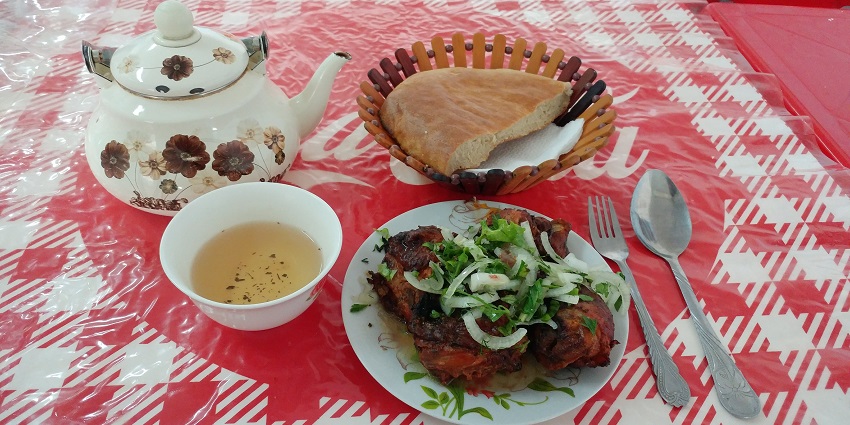
Photo: SafetyNoodle / Wikimedia Commons
Turkmenistan offers a mix of local eateries, upscale restaurants, and casual cafés. In Ashgabat, Altyn Asyr and Sofram Restaurant serve delicious Turkmen cuisine, including plov and shashlik. For international dishes, The British Pub and Grand Turkmen Restaurant offer varied menus. Mary and Turkmenabat have smaller, family-run spots serving hearty local meals. Street food is limited, but fresh bread (çörek) and kebabs are common. Vegetarian options are scarce, so planning ahead is advisable. Cash payments are preferred in most places.
Tips For Travellers
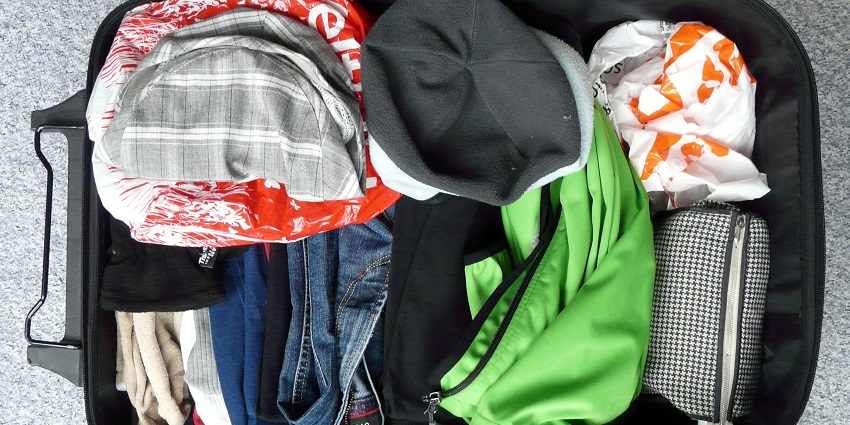
Photo: CC0 Public Domain / Pxhere / Image For Representation Only
- The local currency is the Turkmen manat (TMT). ATMs are scarce, and few places accept credit cards. Carry cash in US dollars for exchange.
- Most travellers need a Turkmen visa, which requires an invitation letter from a local agency. Processing can take time, so apply early.
- Turkmen is the official language, with limited English speakers. Learning basic phrases or using a translation app is helpful.
- The authorities restrict internet access, limiting social media availability. A local SIM card might be necessary.
Turkmenistan is a land of hidden wonders, from the burning Darvaza Gas Crater to the ancient ruins of Merv. Its futuristic capital, Ashgabat, contrasts beautifully with the vast deserts and canyons that define its landscape. Whether you’re exploring underground lakes, Silk Road cities or colourful canyons, every corner of this nation offers something unique. Plan wisely, respect local customs and embrace the unexplored beauty of this fascinating country. Plan your trip today with TripXL.
Cover Photo: Hergit / Wikipedia


 WhatsApp
WhatsApp
 Twitter
Twitter









